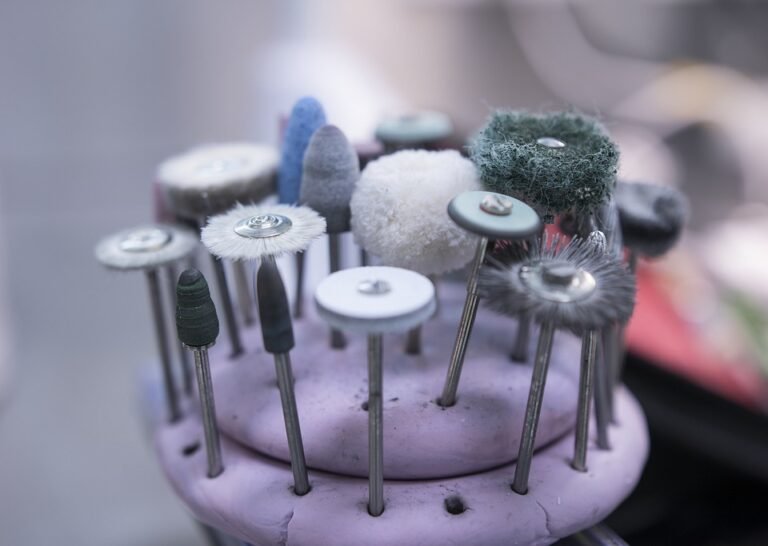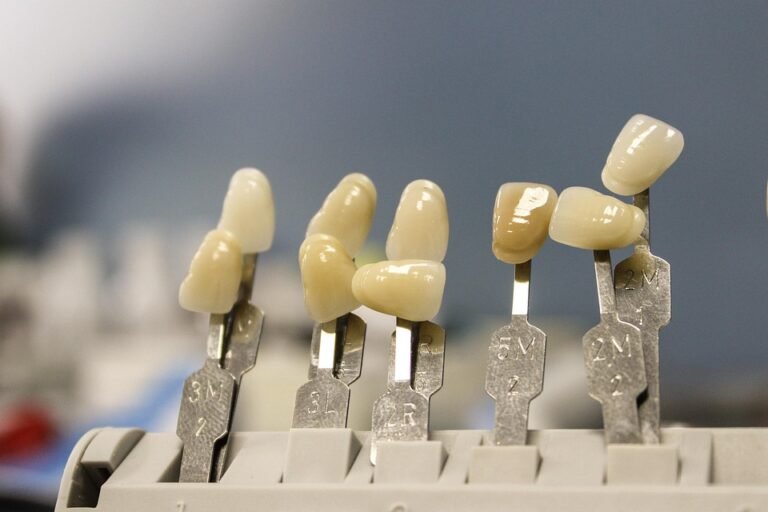How can a dental team create a positive and welcoming communication environment
Okay, so we’re trying to really improve the atmosphere in our dental office. We’ve noticed some tension, not necessarily big fights, but just a general sense of… distance, I guess? And I think a lot of it stems from communication issues. I mean, it’s affecting everything from how smoothly appointments run to how comfortable patients feel.
Specifically, I’m wondering about practical things we can implement. Like, what are some specific strategies for improving internal communication between the dentists, hygienists, assistants, and front desk staff? What kind of training or exercises could we do?
Also, how can we ensure our communication with patients is consistently positive and welcoming? Beyond just smiling and saying hello (which we already do!). I’m thinking about things like explaining procedures clearly, addressing concerns proactively, and managing expectations effectively. What are some best practices for that?
And finally, any tips for handling difficult conversations, both internally and with patients? We want to create an environment where everyone feels heard and respected, even when there are disagreements or complaints. Thanks!
Answer
A dental team can cultivate a positive and welcoming communication environment through several key strategies encompassing verbal, non-verbal, and procedural aspects of patient interaction and team collaboration. This detailed answer breaks down those strategies:
I. Patient-Centered Communication Strategies:
- Active Listening: This involves paying complete attention to the patient, both verbally and nonverbally. Dental professionals should maintain eye contact (when culturally appropriate), nod to acknowledge understanding, and avoid interrupting. They should also use verbal cues like "I understand," "Tell me more," or "So, you’re saying…" to encourage the patient to elaborate. Summarizing what the patient has said ensures accurate understanding and allows the patient to confirm or clarify information. Avoid thinking about a response while the patient is still speaking; focus solely on absorbing their message.
- Empathy and Validation: Acknowledge and validate the patient’s feelings, concerns, and fears. Even if the dental team perceives a concern as minor, it may be significant to the patient. Phrases such as, "I understand this can be concerning," or "It’s completely normal to feel anxious about dental procedures," can help build trust and rapport. Avoid dismissing or minimizing patient concerns. Tailor explanations to the patient’s level of understanding and emotional state. For example, if a patient expresses anxiety about pain, address their concerns directly and explain pain management strategies.
- Clear and Concise Language: Avoid using technical jargon or complex dental terminology without explanation. Use simple, everyday language that patients can easily understand. When technical terms are necessary, define them clearly and provide analogies or visual aids to illustrate the concept. Break down complex treatment plans into smaller, more manageable steps. Use visual aids like diagrams, models, or intraoral camera images to help patients understand their oral health condition and the proposed treatment. Ensure patients understand the risks, benefits, and alternatives of each treatment option to facilitate informed consent.
- Respectful and Empathetic Tone: Maintain a respectful and professional demeanor at all times. Use a warm and friendly tone of voice. Address patients by their preferred names or titles. Be mindful of nonverbal cues such as body language, facial expressions, and tone of voice. Avoid appearing rushed or dismissive. Show genuine interest in the patient’s well-being. Consider cultural differences in communication styles and adapt accordingly.
- Proactive Communication: Initiate conversations with patients, rather than waiting for them to ask questions. Explain what is happening during each step of the examination or procedure. Inform patients of any potential discomfort or sensations they may experience. Provide clear post-operative instructions and answer any questions the patient may have. Follow up with patients after procedures to check on their well-being and address any concerns.
- Positive Reinforcement: Offer positive feedback and encouragement to patients for their efforts in maintaining good oral hygiene. Compliment patients on their brushing technique or their commitment to flossing. Highlight improvements in their oral health condition. Reinforce positive behaviors to motivate patients to continue practicing good oral hygiene habits. Frame dental treatments and oral hygiene practices in a positive light, emphasizing the benefits of a healthy smile.
- Managing Difficult Conversations: Develop strategies for handling difficult conversations with patients, such as addressing complaints, discussing treatment costs, or explaining unexpected findings. Remain calm and professional. Listen actively to the patient’s concerns without interrupting. Acknowledge their feelings and validate their perspective. Provide clear and honest explanations. Offer solutions or alternatives whenever possible. Know when to involve the dentist or office manager in resolving patient concerns.
- Nonverbal Communication Awareness: Maintain open and approachable body language. Make eye contact to show attentiveness (while being aware of cultural norms). Smile genuinely to convey warmth and friendliness. Avoid crossing arms or legs, as this can convey defensiveness or disinterest. Be mindful of personal space and cultural norms regarding physical touch. Use touch appropriately and sensitively, such as a reassuring hand on the shoulder.
II. Team-Based Communication Strategies:
- Open and Honest Dialogue: Foster a culture of open and honest communication among team members. Encourage team members to share their ideas, concerns, and feedback without fear of judgment or reprisal. Create a safe and supportive environment where team members feel comfortable expressing themselves. Hold regular team meetings to discuss patient care, practice updates, and any challenges or issues that need to be addressed.
- Clear Roles and Responsibilities: Define clear roles and responsibilities for each team member. Ensure that everyone understands their specific duties and how they contribute to the overall patient experience. Establish clear lines of communication within the team. Avoid ambiguity and overlap in responsibilities.
- Effective Handoffs: Implement standardized handoff procedures to ensure seamless transitions in patient care. Use concise and accurate language when communicating patient information. Verify that all critical information has been communicated and understood. Avoid relying on assumptions or incomplete information. Implement systems to ensure no critical information is missed during shift changes.
- Constructive Feedback: Provide regular and constructive feedback to team members. Focus on specific behaviors and actions rather than making personal judgments. Offer suggestions for improvement in a supportive and encouraging manner. Recognize and acknowledge the contributions of team members. Promote a culture of continuous learning and improvement.
- Conflict Resolution: Establish a clear process for resolving conflicts among team members. Encourage team members to address conflicts directly and respectfully. Provide mediation or facilitation services if needed. Focus on finding mutually agreeable solutions that maintain a positive and collaborative work environment.
- Respectful Communication: Promote a culture of respect and professionalism among team members. Avoid gossip, negativity, and personal attacks. Treat all team members with dignity and respect, regardless of their position or background. Celebrate diversity and create an inclusive work environment.
- Team Building Activities: Organize team-building activities to foster camaraderie and strengthen relationships among team members. Encourage social interaction outside of the workplace. Create opportunities for team members to collaborate on projects and solve problems together. Promote a sense of belonging and shared purpose within the team.
- Communication Protocols: Establish clear protocols for internal communication, including methods for scheduling appointments, handling phone calls, documenting patient information, and managing emergencies. Utilize technology to streamline communication processes, such as electronic health records, secure messaging systems, and video conferencing tools.
III. Environmental and Procedural Strategies:
- Welcoming Reception Area: Create a warm and inviting reception area that puts patients at ease. Ensure the waiting room is clean, comfortable, and aesthetically pleasing. Provide comfortable seating, reading materials, and refreshments. Offer a children’s play area to keep young patients entertained. Display positive messages about oral health and the dental team.
- Personalized Greeting: Greet patients warmly and by name upon arrival. Make eye contact and offer a genuine smile. Inquire about their well-being and ask if they have any questions or concerns. Escort patients to the treatment room and introduce them to the dental assistant or hygienist.
- Privacy and Confidentiality: Ensure patient privacy and confidentiality in all communications. Conduct consultations and examinations in private treatment rooms. Avoid discussing patient information in public areas. Follow HIPAA guidelines and maintain strict confidentiality protocols.
- Accessibility: Ensure that the dental office is accessible to patients with disabilities. Provide ramps, elevators, and accessible restrooms. Offer communication accommodations for patients with hearing or vision impairments. Make materials available in alternative formats, such as large print or Braille.
- Technology Integration: Utilize technology to enhance communication and improve the patient experience. Offer online appointment scheduling and appointment reminders. Provide patients with access to their dental records and treatment plans through a secure online portal. Use digital imaging and diagnostic tools to improve accuracy and communication. Use teledentistry to provide remote consultations and follow-up care.
- Feedback Mechanisms: Implement mechanisms for gathering patient feedback, such as surveys, comment cards, or online reviews. Solicit feedback on all aspects of the patient experience, including communication. Analyze feedback data to identify areas for improvement. Act on patient feedback to improve the quality of care and enhance patient satisfaction. Respond to online reviews and address any concerns or complaints in a timely and professional manner.
- Training and Development: Provide ongoing training and development for team members on effective communication skills. Conduct workshops on active listening, empathy, conflict resolution, and customer service. Offer continuing education courses on topics such as cultural competency and communication strategies for diverse populations. Incorporate communication skills training into new employee onboarding programs.
By implementing these comprehensive strategies, a dental team can create a positive and welcoming communication environment that fosters trust, builds rapport, and improves patient outcomes. This ultimately leads to a more satisfied and loyal patient base and a more cohesive and productive team.


